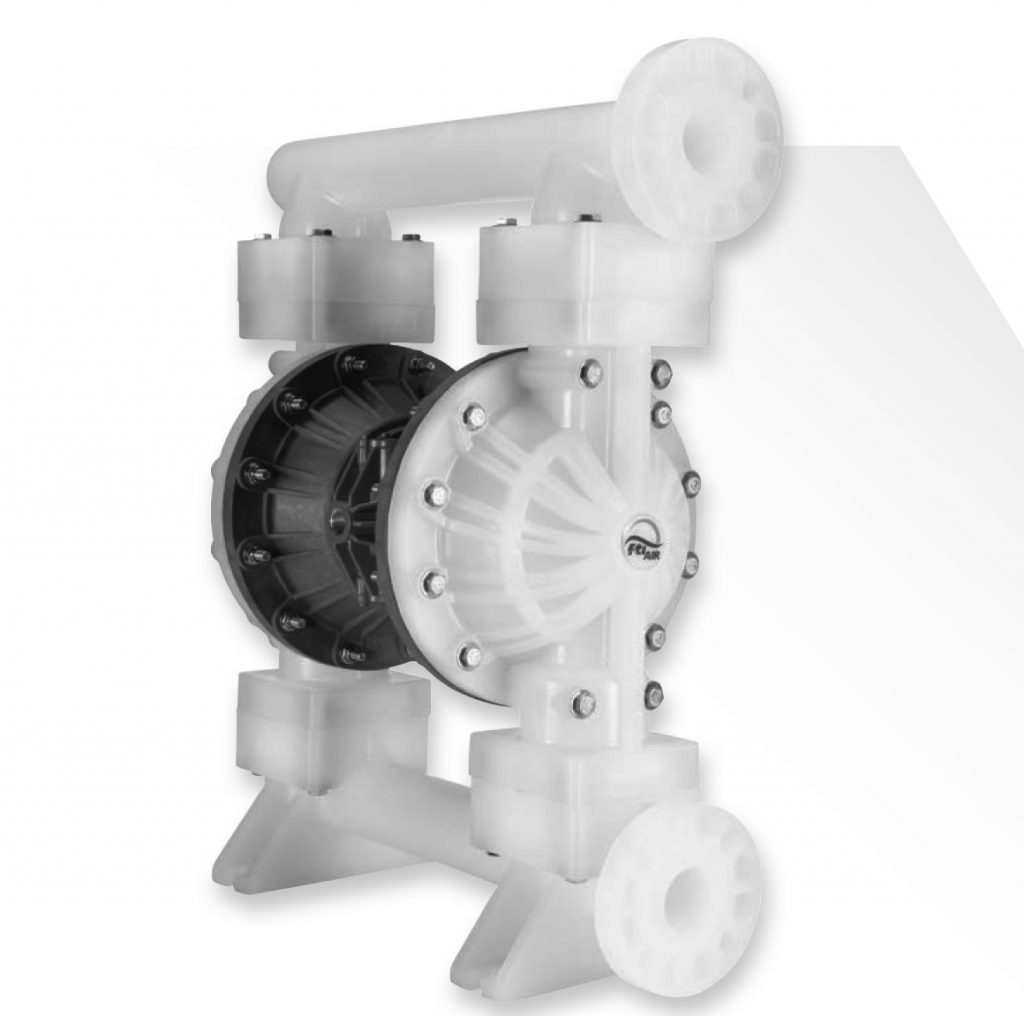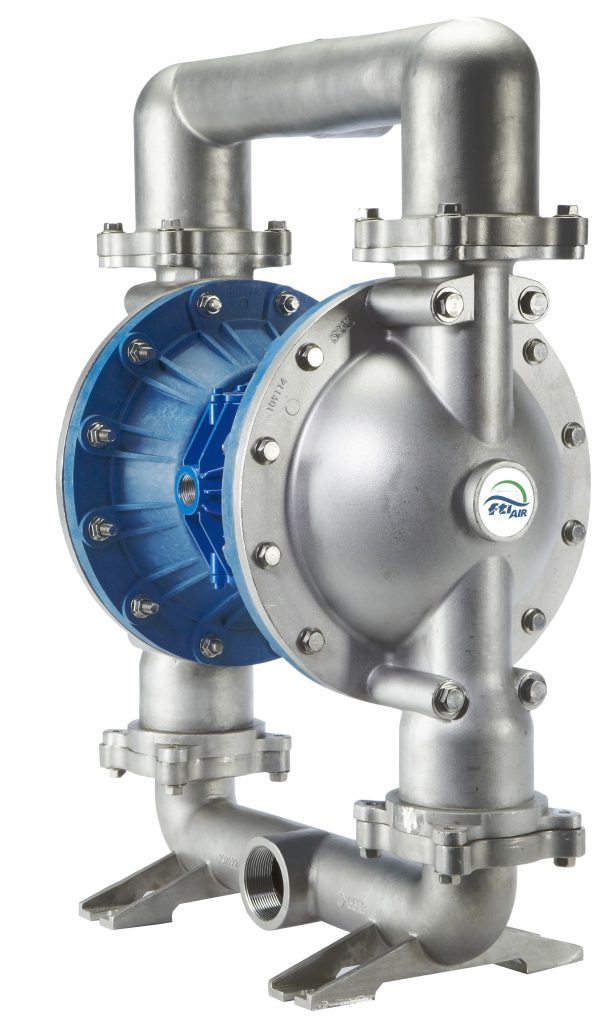Centrifugal Pumps in Crainville, IL
Crainville, IL Small Centrifugal Pumps and How They Work
Centrifugal pumps use a rotating impeller to move fluid through a system. This impeller, which is a disk with vanes or blades attached to it, is driven by a motor and the rotation exerts a centrifugal force that causes the fluid to move away from the center of the disk. Due to the difference in pressure caused by this movement, the fluid is drawn into the pump and moved through the system. In addition to transferring fluids, these pumps can be utilized to transport gases.

Drum Pumps in Crainville, IL
For transfering and dispensing fluids.

Crainville IL Air-Operated Diaphragm Chemical Pumps are Durable, Reliable, and Easy to Maintain
These pumps can move a wide range of chemicals, both acidic and alkaline, reliably and with the least amount of maintenance. Because they are powered by air, they can be used in dangerous places because they can't explode and don't have any electrical parts. Air-Operated Diaphragm Chemical Pumps are long-lasting and reliable pieces of equipment that can be used for a long time in harsh conditions.
Not only do these pumps need little maintenance, but they also have a system of air valves that keeps the flow rate and pressure consistent. They work well to move a wide range of chemicals without the need for priming or lubrication. Air Operated Diaphragm Chemical Pumps are very easy to maintain, making them an ideal choice for many chemical applications.

Crainville, IL Air-Operated Diaphragm Chemical Pumps and Their Applications
An Air Operated Diaphragm Chemical Pump is a type of positive displacement pump that uses a combination of compressed air and an elastic diaphragm to move chemical liquids. This type of pump is often used in industrial settings, such as chemical processing plants and water treatment facilities, due to its ability to handle high flow rates and corrosive materials. It’s also known for its superior design, as it can run dry without causing damage, making it more reliable than other types of pumps.
These pumps are highly versatile and have a wide range of applications. They are often used in the chemical, pharmaceutical, and food industries, as well as in industrial, agricultural, and water treatment operations. Air Operated Diaphragm Chemical Pumps can be used to transfer, meter, or dispense low to high-viscosity fluids and chemicals while providing precise, accurate flow rates with minimal maintenance.

MSDB SERIES - MAGNETIC DRIVE, SEALLESS, Crainville CENTRIFUGAL PUMPS
- Compact close-coupled design
- Maximum working pressure up to 135 PSI (9.3 bar)
- Horizontal or vertical (with IEC motor only) installation
- Sealless design improves reliability with no seal maintenance to perform or seal leaks
- Two stage versions contain two impellers, three stage versions contain three impellers
- High power neodymium magnetic drive system handles high specific gravity fluids
- Engineered for corrosive fluids with polypropylene/Ryton© or PVDF/Ryton© construction
- Heads up to 300 feet (91.5m)
- Minimum flow rate is 1 gpm (.23m3/h)
- High specific gravity handling – over 1.8

Practical Applications for Drum Pumps in Crainville, IL
- Chemical processing: Drum pumps are used to move chemicals in a range of chemical processing applications, such as the manufacture of personal care products, food processing, and pharmaceuticals.
- Gasoline production: The oil and gas industry uses drum pumps to transport fluids like oil.
- Construction: To transport construction materials like concrete and grout, drum pumps can be used.
- Manufacturing: Fluids like coolants, lubricants, and cleaning agents are transferred using drum pumps in manufacturing settings.
- Agriculture: Drum pumps are used to deliver water and other fluids to plants and crops.
- Drum pumps are used in the mining sector to move fluids like chemicals and water.
- Water treatment: In water treatment facilities and other locations where clean water is required, drum pumps are used to move water and other fluids.
- Drum pumps are used in power generation facilities, such as nuclear power plants and coal-fired power plants, to move fluids.
